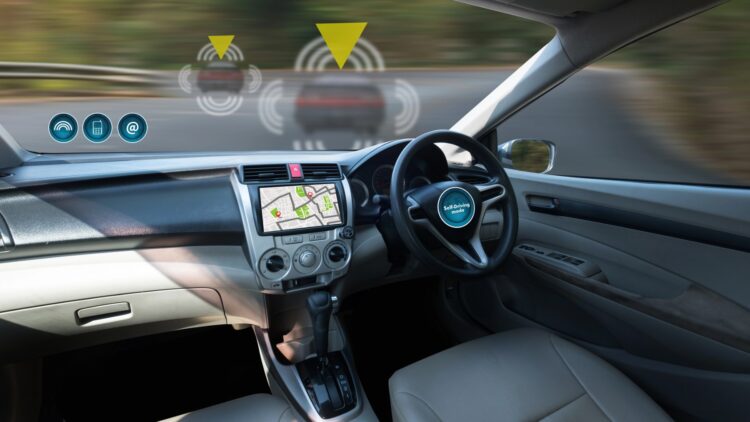With the launch of the Model Y in India, Tesla is managing to penetrate one of the world’s most promising and challenging automotive markets. The entry into the country comes after years of negotiations and criticism of high tariffs, although the luxury electric vehicle segment still represents a small share of the Indian market, the launch shows that the company is willing to build a solid presence, even in an environment with limited infrastructure.
Tesla launches Model Y in India amid high import tariffs
Tesla TSLA.O launched its Model Y at about $70,000 in India, a significant markup relative to its other major markets, reflecting the country’s high tariffs on electric vehicle imports which CEO Elon Musk has long-criticised. With deliveries estimated to start from the third quarter, the U.S. automaker is targeting a niche electric vehicle segment in India that accounts for just 4% of overall sales in the world’s third-largest car market.
It will compete mainly with German luxury giants such as BMW, Mercedes-Benz MBGn.DE and South Korea’s Kia 000270.KS rather than domestic mass-market EV players such as Tata Motors TAMO.NS and Mahindra MAHM.NS. Tesla opened its first showroom in Mumbai on Tuesday and began taking Model Y orders on its website, marking its long-awaited entry into the market where Musk once had plans to open a factory. For now, Tesla will import cars into a country where tariffs and related duties can exceed 100%, driving up the price for consumers.
“We are here to create the ecosystem, to invest in the necessary infrastructure including the charging infrastructure,” Isabel Fan, a regional director at Tesla, said at the launch event. “We are building from 0 to 100. It will take time to cover the whole country.”
Negotiations continue as Tesla tries to consolidate its presence
In addition to seeking consumers willing to pay more, Tesla is using its market entry as leverage for future trade concessions. Importing Chinese-made vehicles discreetly puts pressure on the Indian government to reconsider its high tariffs. While there are no guarantees of an immediate cut, talks between the Indian and US governments suggest the possibility for progress in bilateral agreements.
Grappling with excess capacity in global factories and declining sales, Tesla has adopted a strategy of selling imported vehicles in India, despite the duties and levies. The U.S. EV maker has long lobbied India for lower import tariffs on cars, and Prime Minister Narendra Modi’s officials remain in talks with U.S. President Donald Trump’s administration to lower the levies under a bilateral trade deal. Tesla’s U.S. factories also do not currently make the right-hand drive vehicles that are used in India.
The launch of the Full Self-Driving feature in India, demonstrates Tesla’s commitment to introducing its most advanced technologies, even in a chaotic and unpredictable urban environment. The system’s offering reflects a goal to adapt the technology to the local context and educating the market on how it works.
Infrastructure and technological adaptation are still obstacles
The company’s Full Self-Driving capability is on offer at an additional cost of 600,000 rupees, but the website said that “active driver supervision” will be required, and the current features do not make the vehicle autonomous. Although India’s road infrastructure has improved, traffic discipline – like lane driving – is still rudimentary, EV chargers are far and few and stray animals, including cattle, and potholes on the road are a big hurdle, even in cities.
With an ambitious approach, Tesla is beginning its journey in India, targeting high-income consumers and betting on the gradual expansion of charging infrastructure. The success of this foray will depend on the government’s response to import tariffs, progress in trade negotiations, and the company’s ability to adapt its technology to local conditions.

